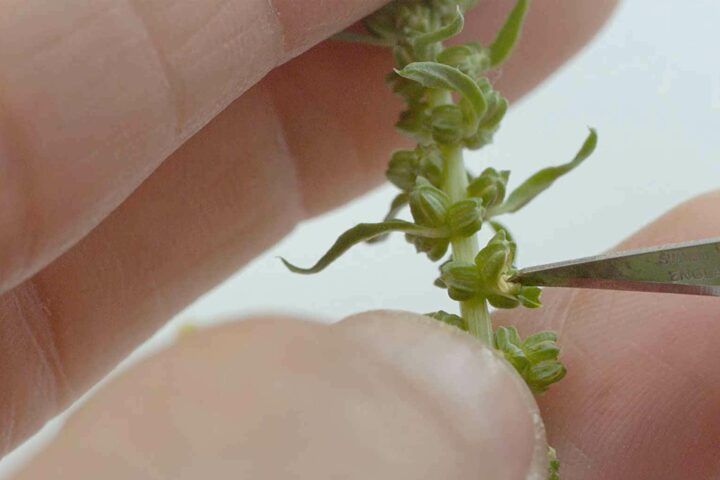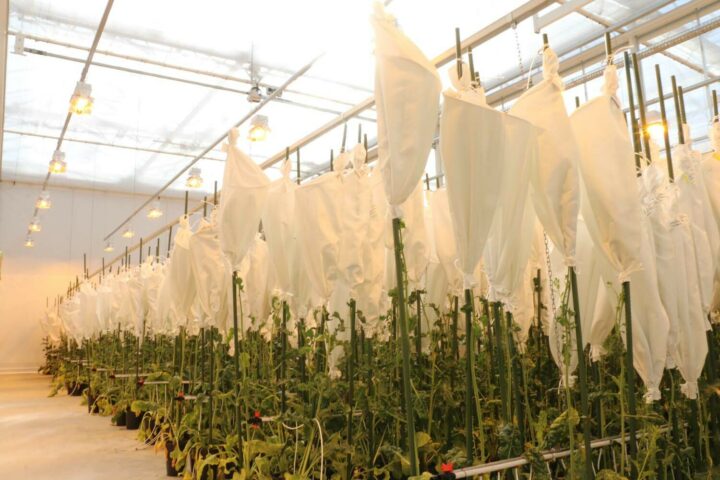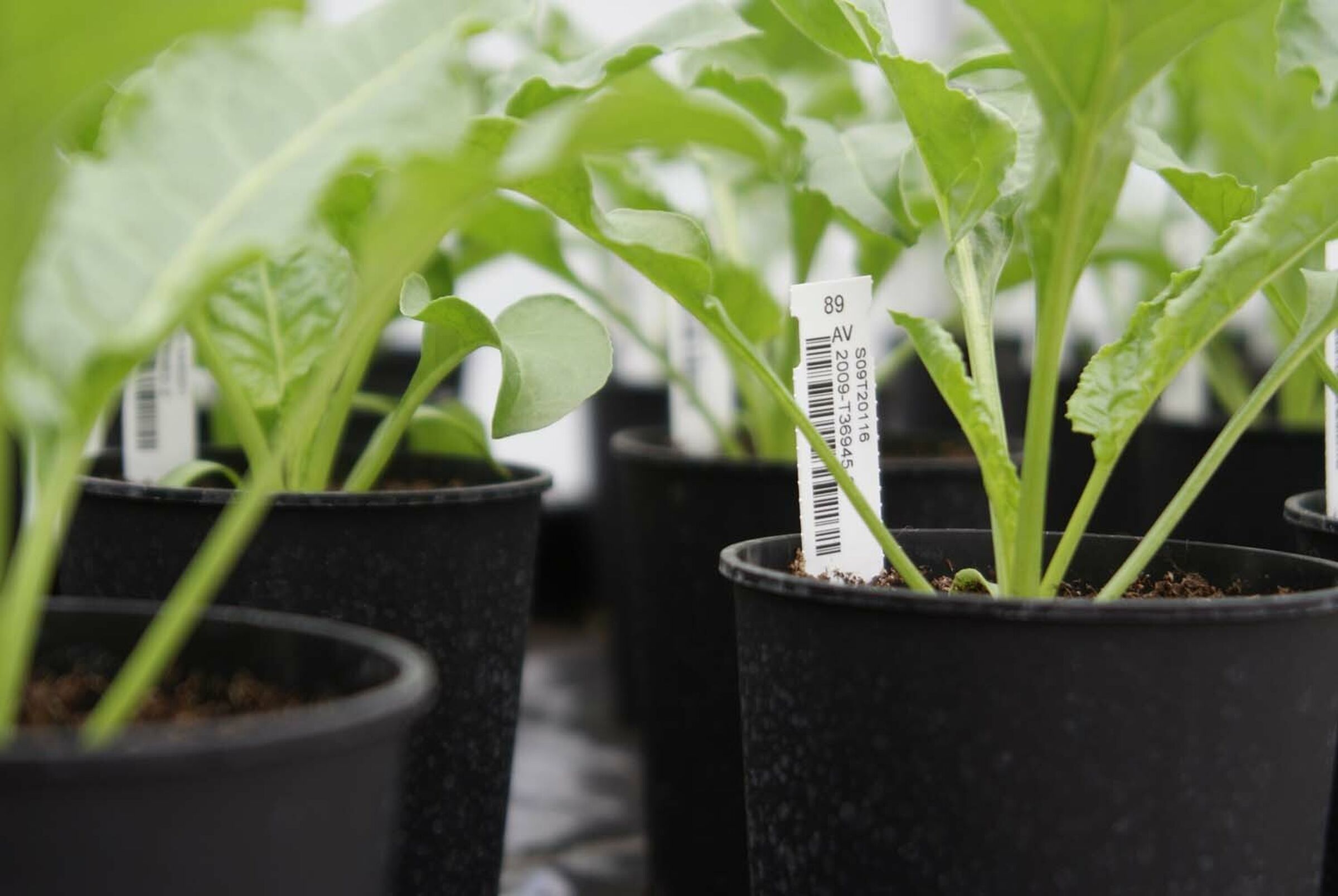03. Trait Research
Research begins by implementing the right traits. Growers' needs, as well as the requirements of the sugar industry, must be bred into future genetics. All traits e.g. nematode tolerance, high sugar content, etc. which may be beneficial to sugar yield should be present in our father and mother lines, the inbred lines.
A sugarbeet plant benefits from a hybrid breeding system where it combines the best traits from both its parental inbred lines. Thanks to scientific research into breeding and years of experience, SESVanderHave can ensure that the necessary traits are inbred.
SESVanderHave Innovation Center (SVIC)
This process starts at our new and state-of-the-art SESVanderHave Innovation Center (SVIC) in Tienen, Belgium, a world-class example of high-tech research under glass. The SVIC is a complex the size of four football fields, where SESVanderHave's scientists carry out their research. The full spectrum of outdoor conditions can be reproduced at the SVIC ensuring that the research benefits from the perfect parameters for simulating the correct results. For example, we can expose sugarbeets to temperatures over 100°F, as well as simulating a cold night. We can also make it night-time during the day. Thanks to these innovative techniques, the SVIC is one of the most advanced research complexes in the global ag industry and SESVanderHave is able to increase its research capacity and shorten the variety development process.
It starts with two fertile plants
Inbreeding starts with two fertile plants, i.e. two plants with a pistil and stamens. Specifically chosen because they have demonstrated their value in the past, these inbreds are carefully selected from SESVanderHave's extensive germplasm database.
For one of the two plants, the stamens are manually removed and it becomes the “mother” inbred. In a pollen-tight bag, another male branch fertilizes this plant, and this fertilization results in targeted new combinations of traits.




How it works
Right away, we check whether these seeds contain the desired traits of interest. This check takes place in the molecular marker laboratory where leaf samples from the ‘offspring’ are checked for their genetic makeup, or their DNA. All plants used for seed production are screened, enabling us to keep a genetic passport for each seed and each plant. We know from the start of the research which plants will be used in the variety development process.
Developing these inbred lines involves a delicate balance of various factors based on sophisticated research techniques. SESVanderHave has developed the most innovative techniques to ensure that classical breeding, as described above, works efficiently.
Biotic Stress Management Laboratory
For example, the leaf samples are closely analysed with regard to their different characteristics. When we notice that a particular "mother" or "father" line is sensitive to a particular disease, we research these factors in the SVIC’s Biotic Stress Management Laboratory. In this lab, the various sugarbeet diseases are mapped out and tested on the new varieties. Plants that pass these various disease tests move on to the next stage while the sensitive plants are no longer used. Thorough tests are also carried out at the SVIC for abiotic stress factors such as heat, drought, light intensity, air humidity, and fertility in our special Abiotic Stress Management growth chambers.
Using all of the information collected, a detailed description of each plant is established, such as tolerance to biotic and abiotic factors, history of the father and mother lines, performance of the various traits, and the key genes can then be mapped along the sugarbeet genome. This is precision work and requires a large quantity of computer data and expertise. Thanks to this gene map, molecular markers can be developed for the most important traits, allowing the breeders to speed up breeding cycles.
